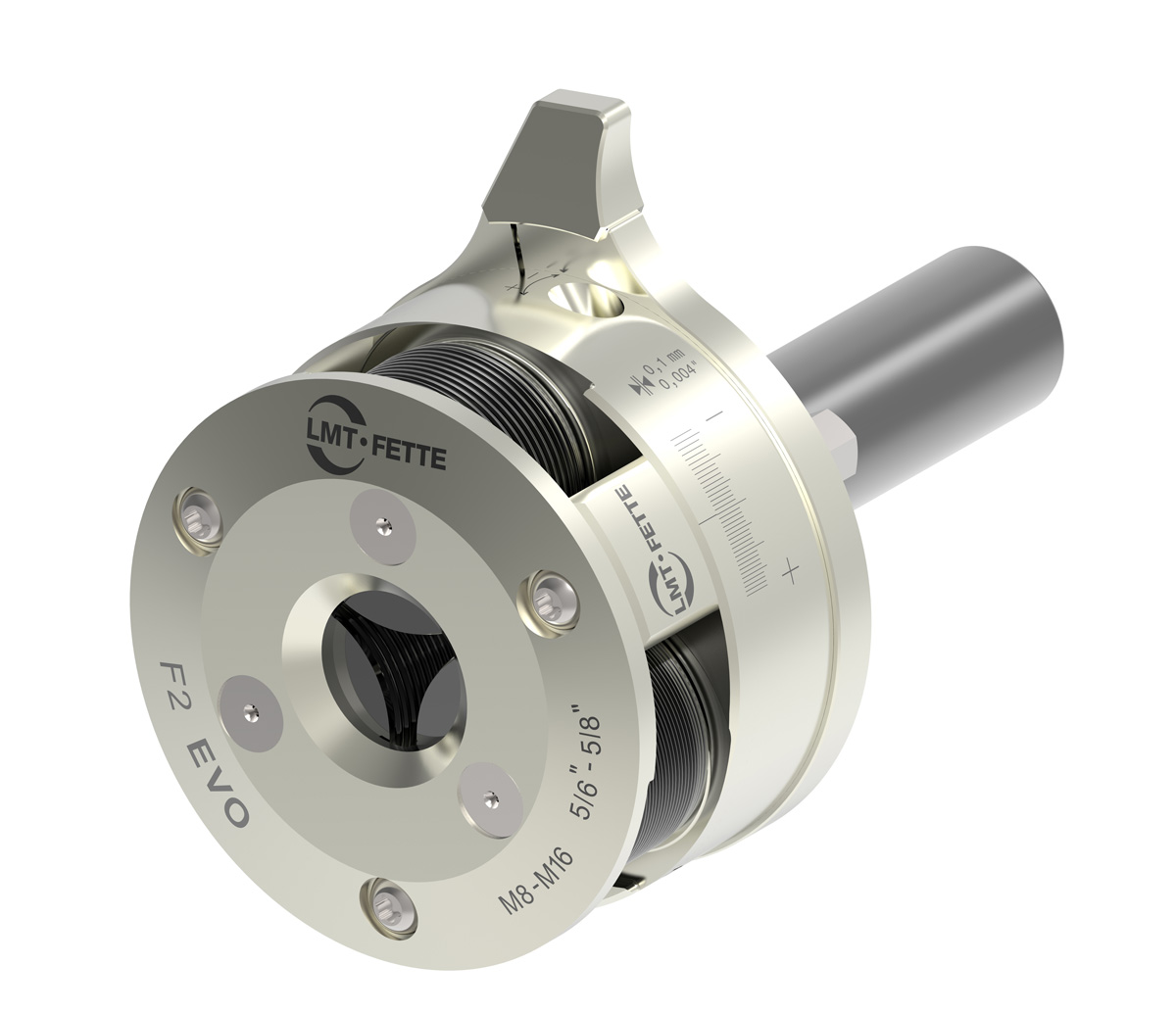The creation of screw threads began several centuries ago, as a cutting technology. It was first used in wood applications and as cutting materials improved, metal applications. With the advent of more powerful machinery, rolling threads on various metals became possible. The ductility of most metals lead to the discovery and development of thread rolling technology. Each technology had benefits that were strongly influential in their direct application.
Cut threads require lower horsepower to be successful and could be used in materials with little or no ductility. Most threads up to 2″ diameter are easily rolled on most manual and CNC machines, both horizontal and vertical. Mechanical requirements are easily calculated. A one-inch length of a cut thread can be completed in many materials in 10 seconds. Difficult materials require more passes and more cycle time. Rolled threads can be completed at a rate of 1 inch per second of cycle time. Difficult materials pose little if any additional cycle time requirements. Cut threads create sharp, bright finishes and are without question prettier than rolled threads.
Rolled threads produce radiused root and crest of the thread and exhibit at least a 40% increase in tensile strength over a cut thread. Rolling a thread redistributes the grain of the material while its cut thread cousin cuts across the grain. Cut threads will always win a beauty contest over rolled threads but will lose in overall quality comparison in all roll-able materials. In many of the more difficult materials to cut, rolling can increase tensile strength by as much as 300%. Cut threads in corrosive materials will always corrode at a more rapid rate than a rolled thread with burnished flanks. Many applications that specify rolled threads only are taking advantage of tensile improvement and corrosion qualities.
Roll cost as a ratio of parts produced versus insert cost per parts produced, rolling will always win the overall tool cost comparison. All thread classes can be cut or rolled. If your part cost can be improved by shorter cycle time and improved tensile strength, thread rolling may be your single opportunity to garner bid work in a job shop atmosphere. Challenge us to help you find the best cost and quality to improve your winning bid ratio.
